When the rich aroma of curry mixed with the crispy aroma of fried food wafts through the streets, a colorful Indian food truck can always instantly ignite the taste buds of diners. Indian Food Trucks are sweeping the world as “mobile spice kitchens”, perfectly blending the passion of traditional Indian cuisine with the freedom of street snacks. From the streets of New York to the markets of London, from the beaches of Sydney to the night markets of Southeast Asia, these food trucks are not only adventure stations for the sense of taste, but also miniature stages for cultural exchange.
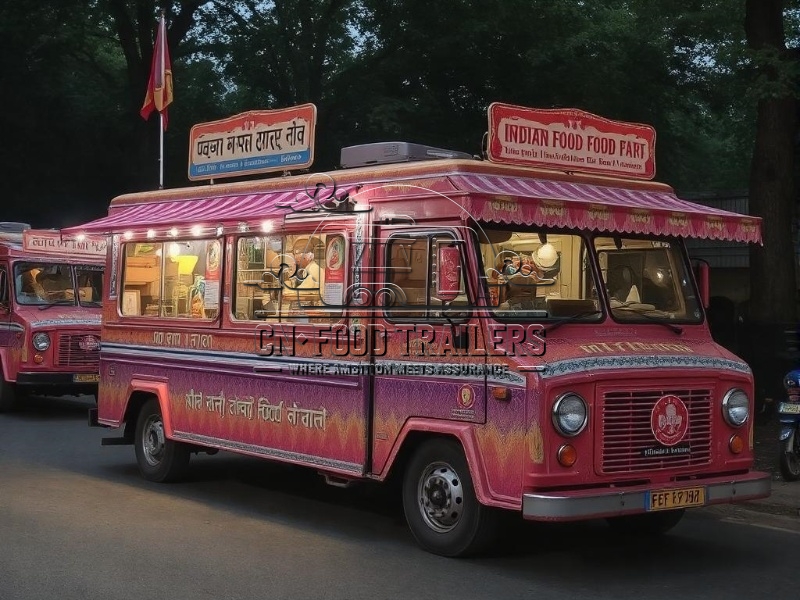
Core Features
1.Spice Magic, Flavor Explosion
- The soul of Indian food trucks lies in spices – more than ten kinds of spices such as turmeric, cumin, coriander seeds, chili powder, masala powder, etc. are mixed according to secret recipes, which make the curry rich, the roasted meat burnt and the fried food crispy. Some food trucks provide “spice customization service”, and diners can freely adjust the spiciness and spice concentration.
2.High cost performance, thrifty and generous
- From $5 samosa to $10 butter chicken, food trucks provide authentic Indian flavors at affordable prices, becoming a popular choice for students, office workers and family customers.
3.Vegetarian-friendly, healthy choice
- India has a deep vegetarian culture, and the food truck menu often includes vegan options such as Chana Masala, Palak Paneer, and vegetable samosas, served with quinoa or brown rice to meet healthy eating needs.
4.Cultural experience, strong interactivity
- Chefs may wear traditional clothes (such as Kurta) and enthusiastically introduce the stories behind the dishes; some dining cars offer “Indian hand-puffed rice experience”, encouraging diners to wrap curry with flatbreads to experience the authentic way of eating.
Internal equipment
- Cooking core area
- Tawa frying pan: used to fry flatbreads (such as Roti, Naan) and kebabs (Tikka).
- Kadai deep wok: stir-fry curry, stew beans, and retain the wok flavor of traditional iron pans.
- Tandoor oven (some models): high-temperature baking of naan, chicken or lamb, giving the food a unique charcoal aroma.
- Quick freezing and preservation system: commercial-grade refrigerators store fresh vegetables, cheese and meat, and freezers store pre-made curry sauces and dough.
- Spice grinding and ble nding area: small grinders grind spices to ensure fresh flavor; quantitative seasoning tanks achieve standardized meal delivery.
- Hygiene and safety equipment: UV disinfection cabinet, independent water purification system, non-slip mats and fire extinguishers, in line with food safety regulations.
- Intelligent ordering system: Touch screen menu supports multiple languages, mobile payment terminals improve efficiency, and cloud inventory management reduces waste.
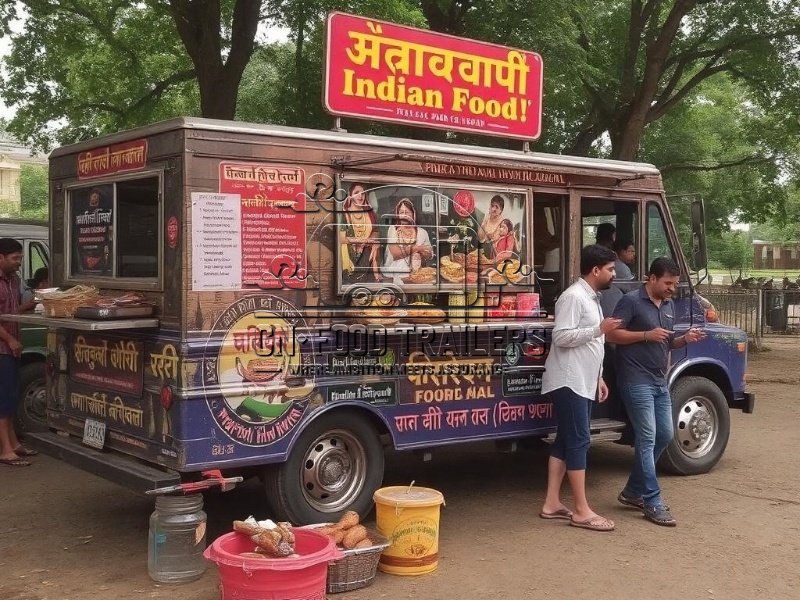
Application
1.Urban streets and office areas
- Stop around office buildings during lunch time and provide “curry + pancake” meal or vegetarian bento to meet the needs of fast-paced people.
2.Music festivals and cultural events
- In music festivals, film festivals or cultural exhibitions, Indian food trucks become “exotic flavor supply stations”, with Bollywood music and lights to create an immersive experience.
3.University campuses and communities
- Attract students with affordable meal packages, or participate in community markets to promote Indian food culture.
4.Tourist attractions and night markets
- In historical districts or seaside night markets, provide “Indian street snack three-piece set” (curry puffs, milk tea, fried vegetables), becoming a “taste landmark” that tourists must check in.
5.Brand collaboration and flash sales
- Cooperate with beer brands to launch a “curry + craft beer” package, or co-host a “spice and meditation” themed event with a yoga studio to expand consumption scenarios.

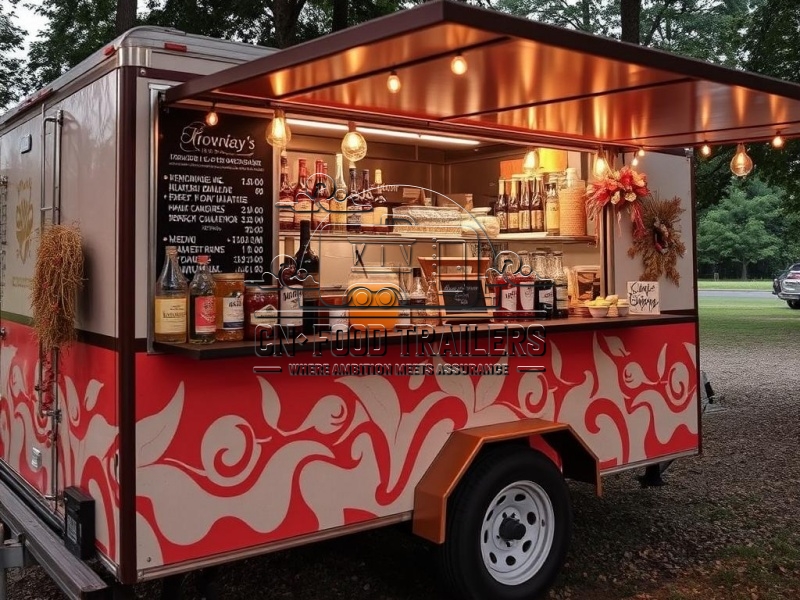
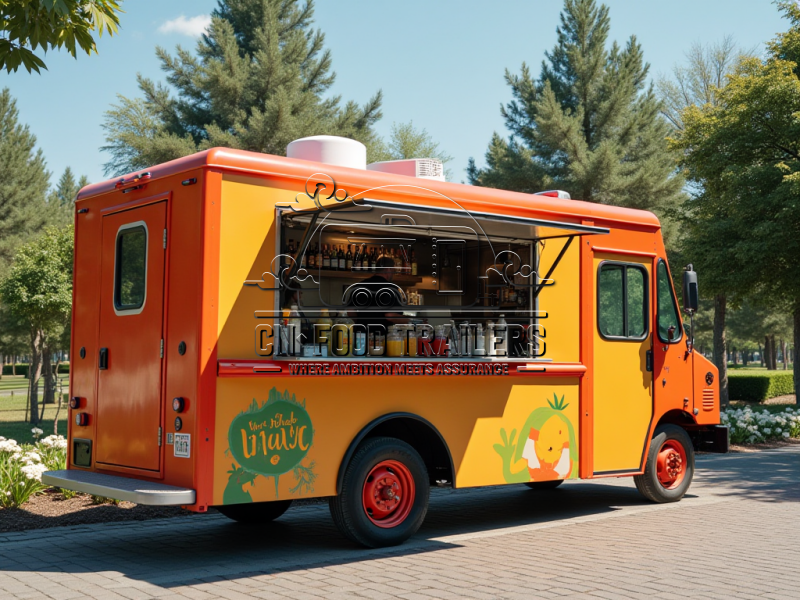

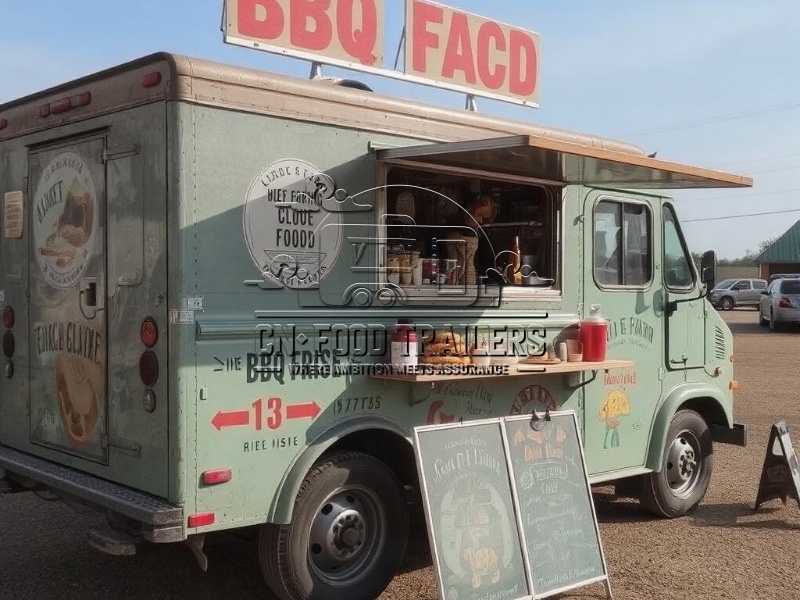
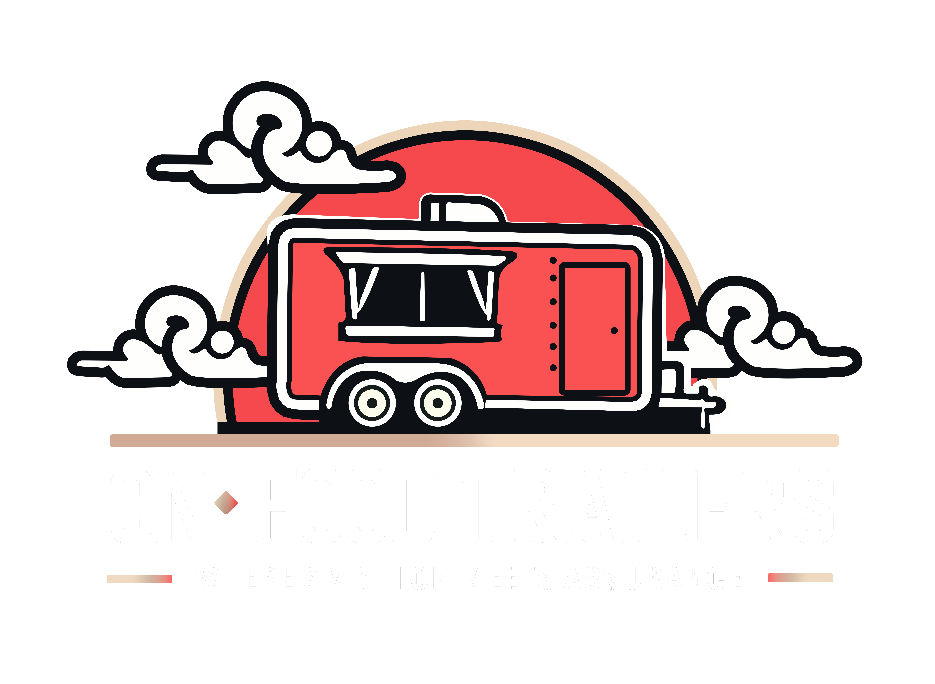
Leave A Comment